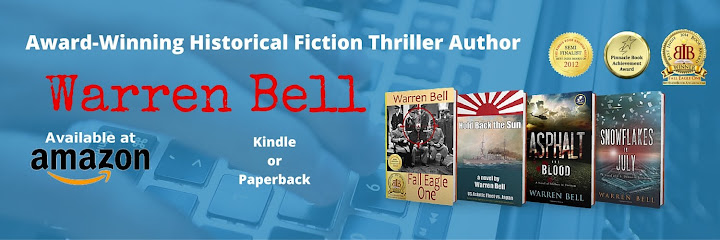The television news this morning is filled with reports of a
16-year-old woman stabbed to death in a Connecticut high school. The rumored reason for the killing is
that the victim turned down the alleged killers request for a date to the
prom. Last year at the University
of Virginia, a student athlete was convicted of beating his former girlfriend
to death because she broke up with him. Newspapers contain many stories of
women who have to take out restraining orders against former partners to escape
violence triggered by breakups. All too often, the orders are ignored and the
women slain. Why are humans so prone to relationship violence. What emotions
cause some men to adopt the attitude of, “If I can’t have her, I’ll make sure
that nobody does?” Why do they
feel that they have the right to “own” a woman?
Are these attitudes embedded in human DNA? I don’t think
so. In many hunter-gatherer
societies, women had rights equal or superior to those of men. Consider the
Iroquois Confederation. These tribes
were matriarchal societies. When a
man married, he became part of his wife’s family. A council of women elders
made all important tribal decisions, including when and when not to go to
war. History has many instances in
which white female captives preferred to remain among their captors rather than
return to white society. In truth,
they enjoyed greater freedom in Native American culture. Unfortunately, this was not true of all
Native American tribes, especially on the Great Plains. Captives of the Comanche, for example,
were treated brutally.
Sociologists concluded in the Nineteenth Century that women
probably invented farming and therefore civilization. In hunter-gatherer societies, women tend to be the
gatherers, while men dominate hunting.
The progression from gathering wild seeds to deliberately planting seeds
to control availability is a logical one.
Women held high position in early agricultural societies, many of which
worshipped the Earth Mother and other female deities. The ability of women to produce offspring was seen as
miraculous before conception became fully understood. Fertile women were like the fertile Mother Earth. The epitome of these societies was that
of Minoan Crete.
I believe that novelist novelist Jean M. Auel may have
pinpointed the birth of relationship violence in her Clan of the Cave Bear series. Once humans understood how conception
works, men became obsessed with assuring that the children whom they supported
and to whom their wealth was passed were actually their own. Many societies
achieved this objective by drastically restricting the rights of women, in some
cases virtually keeping them confined. The concept that a man “owned” his wives and concubines was
established. This proved
especially true among societies based on animal husbandry. Some feel that these societies studied
how dominant male animals tend to control “harems” of females and concluded
that such was the intention of the deities who created the earth. Eventually, such attitudes came to
dominate most human “civilizations.”
Only in the second half of the Twentieth Century did some
Western societies begin to adopt the concept of equality of the sexes. Westernized societies in the rest of
the world began to follow suit.
But in much of the world, women remain confined by culture and
religion. Unfortunately, this
awakening of equality has not penetrated the thinking of too much of even
Western society. Some sub-cultures
remain committed to the idea that males are somehow superior and are meant to
dominate. Many of these are based
on religion. Even in this modern age, rules conceived to govern early nomadic
cultures thousands of years ago are given the status of divine commandments,
despite scientific evidence that the average woman is at least intellectually
equal if not superior to many males.
After all this expounding, I have to admit that I am not
wise enough to come up with an answer to this dilemma. I can only do my part to promote gender
equality and not tolerate relationship violence. My children were not taught intolerance. I also believe that society must be
unflinching in punishing people who perpetuate relationship violence. Punishments should be harsh enough to
act as a deterrent. Equality
should be drummed into the heads of our children in our education system. The idea that constitutional religious
freedoms may be used to suppress women must be refuted. Humankind needs the contributions that
women can make to the development of society. Nothing less than full gender equality
should be tolerated.
Photo: By Anonymous [Public domain], via Wikimedia Commons


